TPO - Annual economic reports of the Mekong Delta over the years have shown that lack of investment and inefficiency are key causes leading to the "downward spiral" and causing the region to increasingly fall behind.
The above information was given at the seminar on Current situation and solutions to attract investment in the Mekong Delta (MD), organized by the Vietnam Federation of Commerce and Industry, MD branch (VCCI) in coordination with the Can Tho Institute of Socio-Economics on the afternoon of September 20.
Investment Deficit
Mr. Nguyen Khanh Tung - Director of the Institute of Socio-Economics of Can Tho City - said that the Mekong Delta is determined to have a particularly important strategic role and position in terms of economy, culture, society, environment, national defense, security and foreign affairs of the whole country. The Mekong Delta is planned to become a key agricultural region with many key products, especially rice, shrimp, tra fish and fruit.
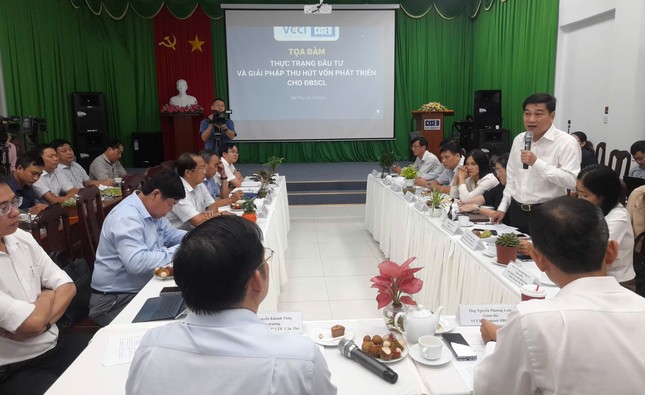 |
View of the seminar. Photo: CK. |
Resolution 78/NQ-CP of the Government promulgating the action program to implement Resolution 13 of the Politburo on the development of the Mekong Delta region to 2030, with a vision to 2045, determined that the economic scale of the Mekong Delta will increase by 2-2.5 times compared to 2021; the average growth in 2021-2030 will reach 6.5-7%/year; the average economic growth in the area per capita/year is 146 million VND.
The Mekong Delta regional planning for the period 2021-2030, with a vision to 2050, sets out the goal of developing a multimodal transport infrastructure system connecting inter-regional and international connections. By 2030, it will invest in building and upgrading about 830 km of expressways, about 4,000 km of national highways, 4 airports, 13 seaports, 11 passenger port clusters and 13 inland waterway cargo port clusters... This shows that the Mekong Delta is in great need of diversifying capital sources to create momentum for rapid and sustainable development.
According to Mr. Tung, the annual economic report of the Mekong Delta over the years has identified that the lack of investment and inefficiency is a key cause leading to the downward spiral and making the Mekong Delta develop more slowly compared to other regions. Although the Government and localities have increased investment in infrastructure for the Mekong Delta, the disbursement rate is still low, not reaching the set plan. Meanwhile, attracting non-budgetary capital and foreign direct investment (FDI) is still limited.
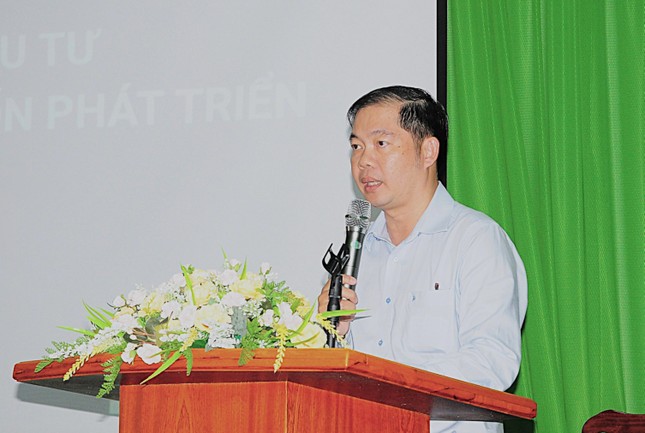 |
Mr. Nguyen Khanh Tung - Director of Can Tho City Institute of Socio-Economics - spoke at the seminar. Photo: CK. |
The Director of the Institute of Socio-Economics of Can Tho City informed that in the period of 2014-2023, only Long An province has the best opportunity to attract these capital sources, especially non-budgetary capital; followed by Tien Giang and Kien Giang provinces, the remaining localities face many limitations. Can Tho alone still depends heavily on the allocation from the central budget (average over the 10-year period is 13.8%), while the remaining non-budgetary capital and FDI are very limited (only reaching 7.5% and 5.2%).
“From the above analysis, it can be seen that the Mekong Delta is facing many difficulties and challenges if it continues to lack investment capital and exploitation capacity,” said Mr. Tung.
Weaknesses
According to Mr. Nguyen Phuong Lam - Director of VCCI Mekong Delta, the total capital invested by the Government in the Mekong Delta has increased significantly in recent years, helping to invest in regional infrastructure, but there have been no positive signs yet. The growth of investment capital in the 2015-2023 period in the region is the lowest in the country. The reasons are two weaknesses: the decrease in FDI capital flows and the decrease in the number of enterprises (DN) in both quantity and registered capital.
The total social investment capital between localities also has a significant difference. The largest province has an average of nearly 35 trillion VND, while the smallest province has 12 trillion VND, showing uneven development of localities while conditions are almost similar, including uneven state capital investment, leading to slow development of the whole region.
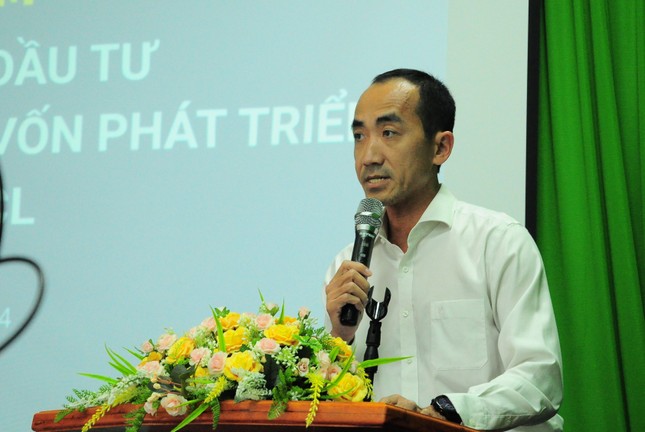 |
Mr. Nguyen Phuong Lam - Director of VCCI Mekong Delta - spoke at the seminar. Photo: CK. |
Regarding FDI capital, Mr. Lam said that the Mekong Delta has been inherently small and weak over the past time. Up to now, the Mekong Delta has 2,063 FDI projects, with a total capital of 35.6 billion USD, accounting for 7.6% of the country (if excluding large projects such as wind power and thermal power, this ratio is only less than 5%). The average capital-to-population ratio is very low compared to other regions.
The rate of newly established enterprises is also not high compared to other regions, and the rate of enterprises leaving the market is even lower. Specifically, in 2023, the Mekong Delta region had over 15,000 newly established enterprises, but also 14,800 enterprises leaving the market, meaning only 190 more enterprises entered the market while in previous years there were over 1,000 enterprises. Private capital contributed to the total social investment capital of the Mekong Delta much lower than other regions...
“The key to development is investment capital. Currently, the Mekong Delta lacks investment capital because the infrastructure has not been improved. Without good infrastructure, investors will not come here. Without investors, jobs will not be created. Without jobs, workers will continue to migrate. This cycle affects the economy, society and environment,” said the Director of VCCI Mekong Delta.
Source: https://tienphong.vn/mau-chot-vong-xoao-di-xuong-cua-kinh-te-dong-bang-song-cuu-long-post1675073.tpo




![[Photo] Fireworks light up the sky of Ho Chi Minh City 50 years after Liberation Day](https://vphoto.vietnam.vn/thumb/1200x675/vietnam/resource/IMAGE/2025/4/30/8efd6e5cb4e147b4897305b65eb00c6f)
![[Photo] Feast your eyes on images of parades and marching groups seen from above](https://vphoto.vietnam.vn/thumb/1200x675/vietnam/resource/IMAGE/2025/4/30/3525302266124e69819126aa93c41092)


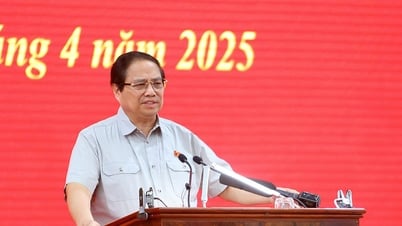












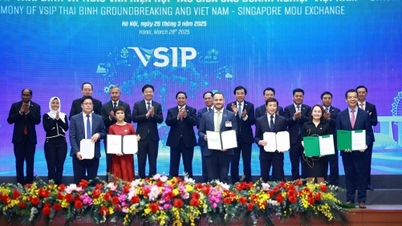

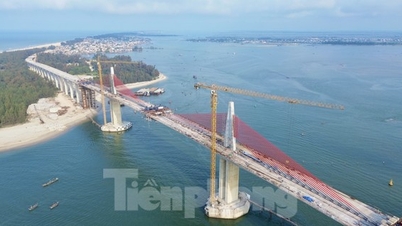

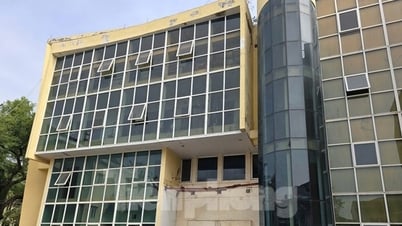










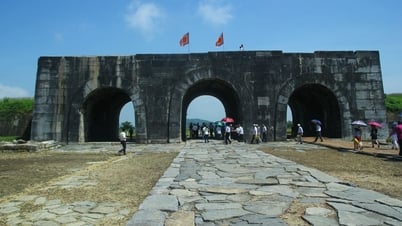































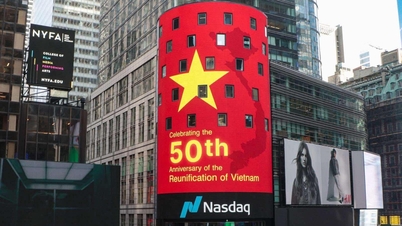















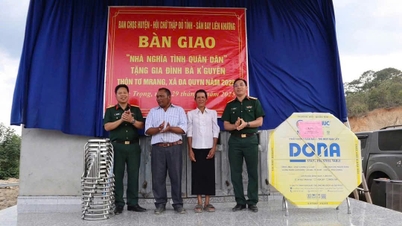

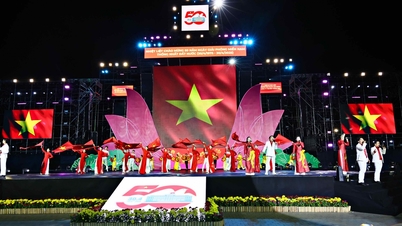



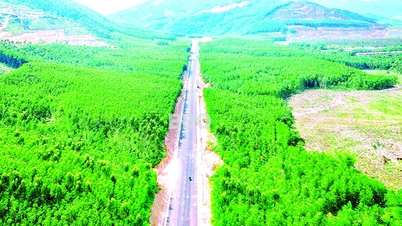










Comment (0)